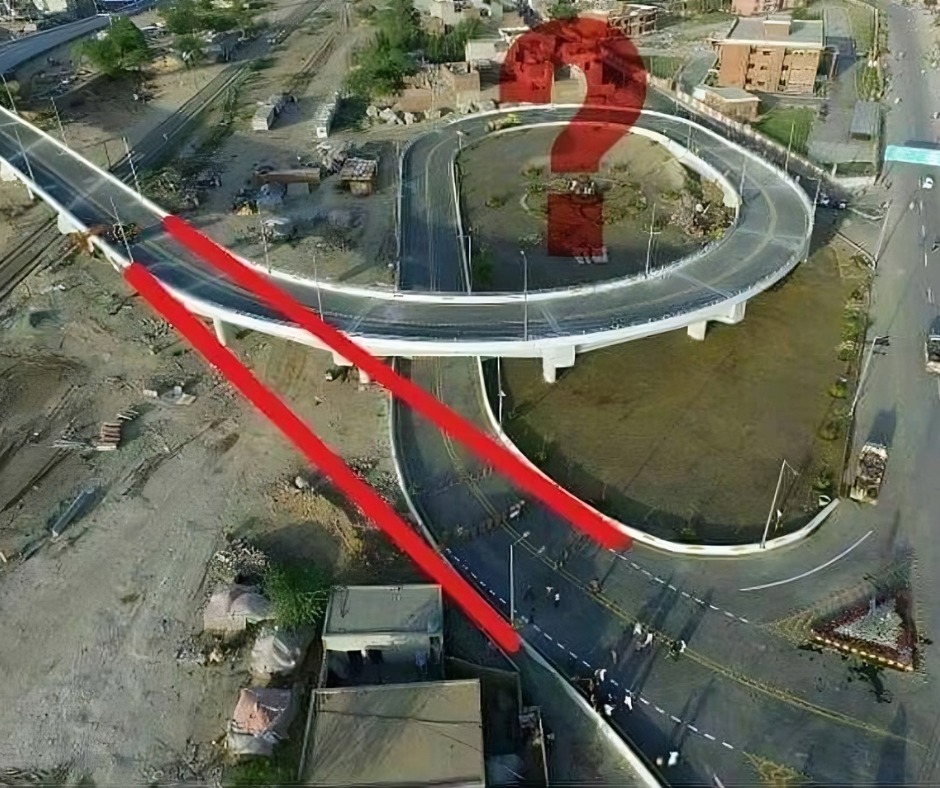Unlock the Secrets of Curve Driving: How Winding Roads Keep You Safer on the Journey
Have you ever wondered why so many roads wind and curve, even when a straight path might seem more efficient? The answer lies in safety and comfort. If a vehicle drives in a straight line at high speed for an extended period, it can lead to fatigue, distraction, and even drowsiness for the driver—all of which are dangerous conditions when operating a vehicle. Winding roads are intentionally designed to counter these risks by keeping drivers alert and focused.

When a vehicle travels along a perfectly straight road at high speeds, the monotony can cause the driver’s vision to fatigue, leading to a decrease in attentiveness. This lack of mental stimulation can result in dangerous levels of distraction or even drowsiness. By introducing curves and turns, road designers effectively combat this problem. The need to adjust steering and speed as the road changes direction helps maintain the driver’s concentration, reducing the likelihood of accidents caused by inattentiveness.
Moreover, winding roads aren’t just about keeping drivers awake; they also address significant challenges posed by steep inclines. A steep, straight road can be particularly treacherous, even for powerful vehicles like trucks or heavily loaded passenger cars. Climbing such a road often requires significant engine power, while descending poses its own set of risks. Drivers may struggle to maintain control, especially if the brakes overheat or fail to provide adequate stopping power on a sharp downhill grade.
Steep, straight roads also compromise visibility, making it difficult for drivers to see what lies ahead. Limited visibility means less time to react to potential hazards, such as stopped vehicles, sharp turns, or obstacles in the road. At high speeds, this can lead to catastrophic accidents. By incorporating curves into steep roads, engineers help to mitigate these risks by encouraging slower speeds and providing better visibility around bends.
Curved roads are not randomly designed; they are the product of careful engineering aimed at maximizing safety and comfort. Road engineers take into account factors such as the curve radius and centrifugal force to ensure that vehicles can navigate the turns smoothly, even at higher speeds. Wider curves with gradual transitions reduce the stress on both the vehicle and the driver, making the journey safer and more manageable.
While it’s true that winding roads may take a bit longer to travel, the added safety is well worth the extra time. A straight, steep road might save a few minutes, but it comes with significantly higher risks. Navigating such roads is akin to playing a dangerous game—one that most drivers would prefer to avoid.
Another benefit of winding roads is their ability to accommodate natural landscapes and minimize environmental impact. By following the contours of the terrain, these roads reduce the need for extensive excavation or alterations to the environment. This not only preserves the natural beauty of the area but also helps maintain the ecological balance.
The thoughtful design of winding roads prioritizes the well-being of drivers and passengers alike. These roads incorporate features such as gradual inclines, gentle curves, and adequate signage to create a more enjoyable and secure driving experience. For truck drivers, winding roads offer an additional advantage by providing opportunities to adjust speed and gear ratios, making it easier to manage heavy loads safely.
In contrast, a straight, steep road demands constant vigilance and precision. Any lapse in attention can have serious consequences, especially at higher speeds. The risk of brake failure, loss of control, or collision is significantly higher on such roads. This makes the choice between a winding road and a steep, straight one an easy decision for those who value safety.
Ultimately, winding roads represent a balance between efficiency and safety. They may take longer to navigate, but they offer peace of mind and a safer journey. By reducing the risks associated with driver fatigue, steep inclines, and limited visibility, these roads demonstrate the importance of thoughtful design in road construction.
So, the next time you find yourself driving on a winding road, remember that it’s not just an inconvenience—it’s a carefully planned feature designed to keep you and your passengers safe. The curves, turns, and gradual inclines all work together to create a driving experience that is both secure and enjoyable. While the straight path might seem tempting, the safety provided by winding roads makes them the clear choice for any journey.





